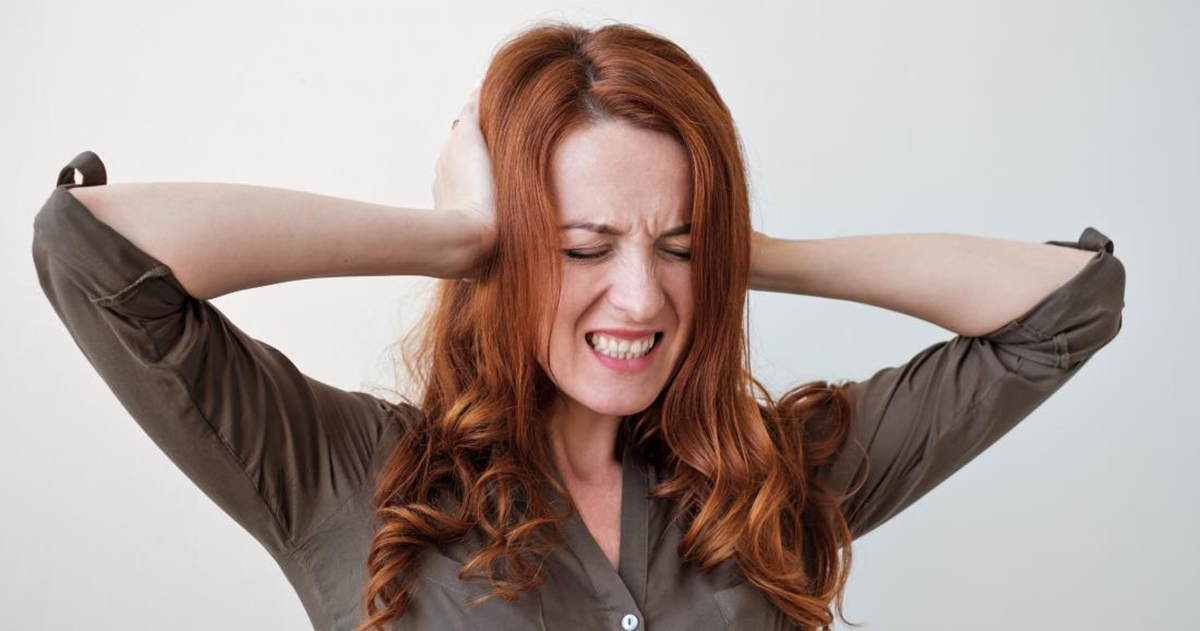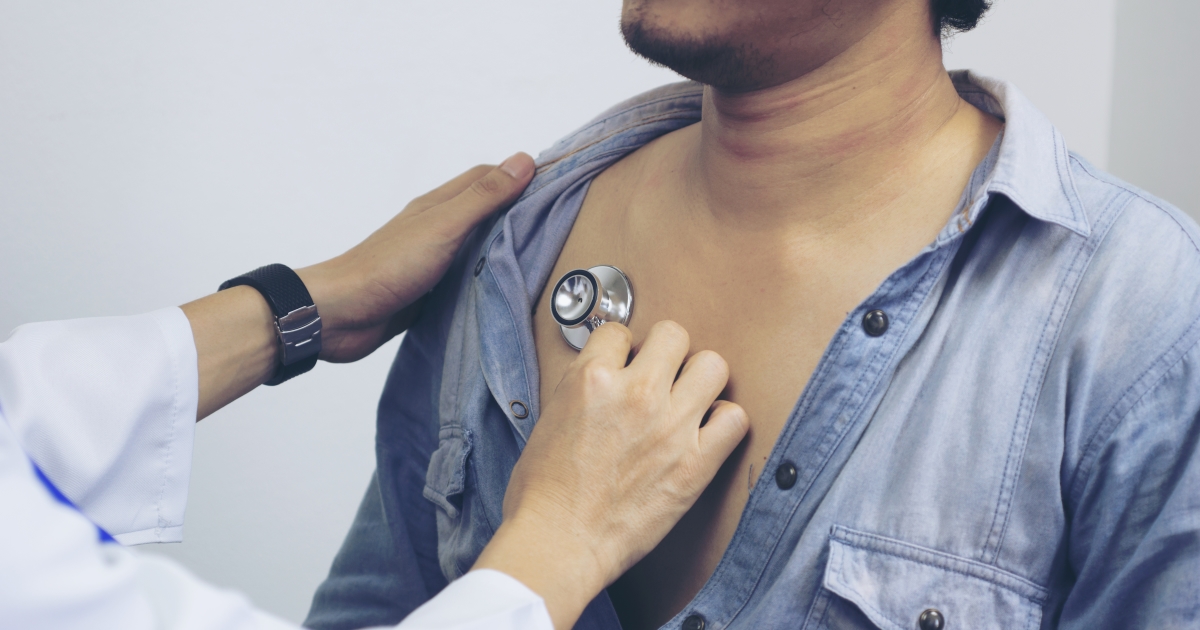What Is Misophonia?
Most individuals find particular sounds irritating, with one of the most common being nails on chalkboards. Other individuals find the sounds of chewing irksome. These mild responses of annoyance are reasonably common. If an individual goes into a rage at a particular sound, however, or find their fight or flight response triggered by particular sounds, including things as innocuous as someone yawning, they may have misophonia.
Misophonia is often difficult to diagnose because the patient's hearing is normal and their ears in good condition. It tends to emerge, most often in girls, around ten years old. Doctors remain unsure of the cause of misophonia.
Defining And Classifying Misophonia

Also referred to as selective sound sensitivity disorder, misophonia is triggered by sounds. This often means oral sounds such as breathing, eating, yawning, chewing, or whistling. A minor repetitive motion can also be the cause, when someone is fidgeting, jostles the affected individual, or taps their foot monotonously. This disorder is a hatred of certain sounds and can cause rage or panic. Its cause may lie in the brain's central auditory system malfunctioning, but the specific mechanism is still unknown.
Unfortunately, misophonia lacks standard diagnostic criteria, and it has limited treatment options as it is a newly identified disorder. Sometimes sound therapies such as those used to treat tinnitus are utilized, but approaches have not been sufficiently studied to know whether or not they are definitively effective at managing this condition.
Physical Reactions In Patients

Misophonia causes an individual to experience autonomic arousal, or the fight or flight reaction, when triggered by certain sounds. The most essential criteria to diagnose misophonia is particular sounds evoking a disproportionally aversive reaction. Physiological reactions typically involve pressure in the head, chest, arms, or entire body. Other victims report tightened, clenched, or tense muscles.
Some complain of increased heart rate, blood pressure, and body temperature, as well as trouble breathing, sweaty palms, and outright physical pain. These physical reactions in patients may be intensified by caffeine and dampened somewhat by alcohol, according to those studied.
